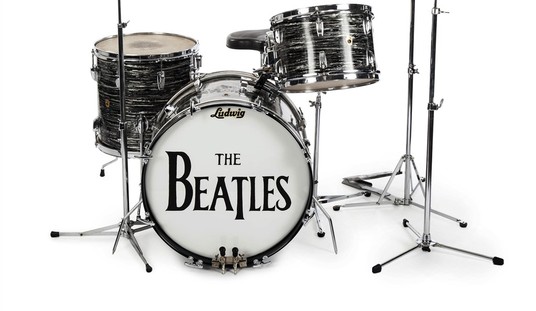In 1986, Thomas Hine wrote his classic design book Populuxe, to describe the look of American design in the 1950s through the Kennedy/Mad Men-era early 1960s. A postwar update on the art deco and moderne looks of the 1950s, it wasn’t exactly what the boys in the Bauhaus envisioned when they were inventing modern design in the 1920s.
In contrast, Germany’s Braun appliances are pretty much exactly what the Bauhaus envisioned. In 1995, in a piece that’s sadly not online, Hine wrote a fun column titled, “Ode on a Coffee Urn” for the Philadelphia Inquirer Sunday magazine, to describe his Braun coffeemaker, and the design aesthetic that went into it. (Yes of course I saved the article. Why do you ask?) Here’s an excerpt:
In 1989, I purchased a new electric coffeemaker, and a few weeks later met the coffeemaker’s maker.
Dieter Rams, the longtime design director of Braun, spoke of the way he wanted the appliance to be part of my life. The German designer compared the coffeemaker to a proper English butler, one who never seeks attention but performs all tasks silently and impeccably.
I’d never heard modern design explained quite that way before. The Braun appliances designed under Rams’ aegis have often been held as exemplars of functionalism, and they do work. But what has usually been most memorable about them is their simple geometric form.
My coffeemaker, which was conceived as a column nestled in a half-cylinder, expresses next to nothing about the mechanics and hydraulics of brewing a cup of java. It assumes, correctly that I don’t find such information important, as long as the coffee gets made. Rather than technological expression, I’d rather have something on the kitchen counter that’s presentable, but unobtrusive.
Orthodox modernism tends to view the machine as a muscular worker dramatizing its labor — form follows function. Ever since the late 1920s, however, product designers have attempted to edit the actual workings of machines to make them friendlier and easier to understand.
During the 1960s, Braun appliances were design icons because this formal editing was so ruthless that the appliances were reduced to pure geometry — what you might call hot Platonism.
In 2009, a documentary on industrial design called Objectified (in the same vein as 2007’s Helvetica film, which I had lots of fun reviewing on my own blog last year) featured Rams as one of their designers. Here, he explains his design criteria, along with a look at some of Braun’s classic earlier products:









Join the conversation as a VIP Member